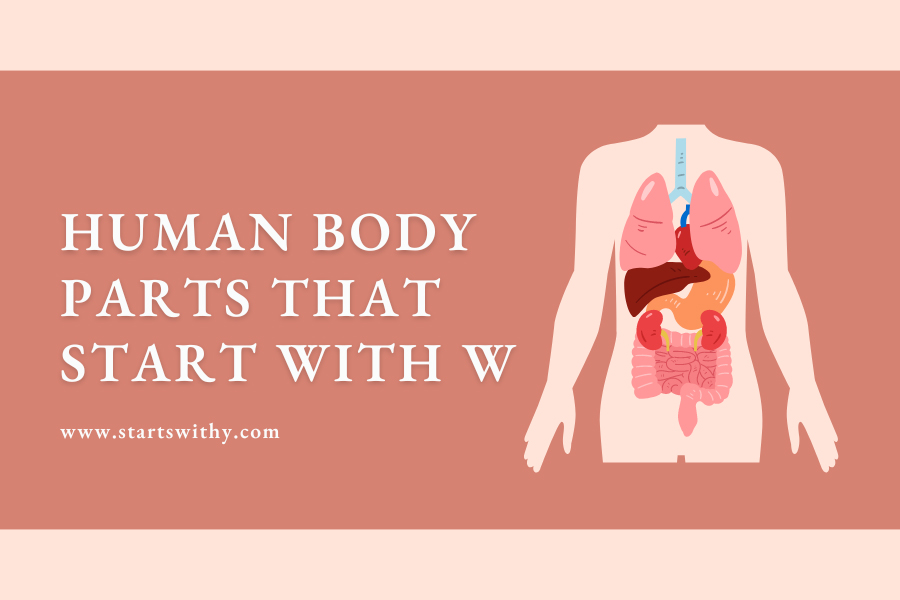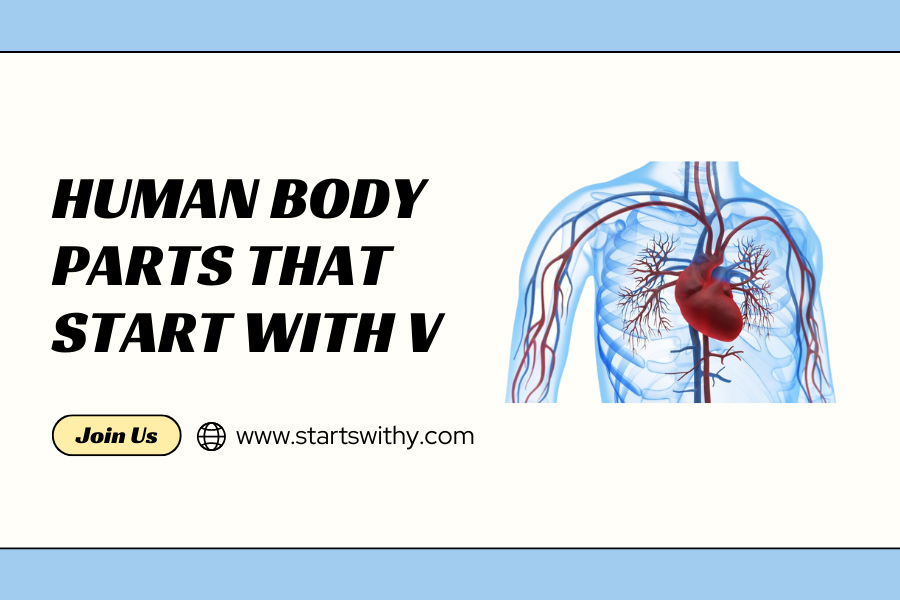Diving into the intricate web of human anatomy, one quickly realizes the vastness and depth of structures that form our being. While certain letters open doors to a plethora of parts, others, like the letter ‘R’, offer a more focused yet equally fascinating exploration. The ‘R’ segment of our anatomy intertwines both the commonly acknowledged with the seldom spoken of, providing an encompassing view of our biological makeup.
In this article, we journey through the body components that resonate with the letter “R”, unraveling their structural intricacies, functional importance, and the silent yet pivotal roles they play in our daily lives. From the resilience of our ribs to the rhythmic beats of our respiratory system, prepare to embark on a comprehensive voyage into the wonders of the human body that begin with the letter “R.”
Human Body Parts That Start With The Letter R
As we journey through the alphabet of human anatomy, each letter offers an invitation to explore, learn, and marvel at the intricacies of our body’s design. The letter “R” provides a rich palette of organs, muscles, and structures that play pivotal roles in our physiology and overall well-being. In this in-depth exploration, we will illuminate the various body parts that start with the letter “R,” delving into their functions, characteristics, and significance within the broader context of human biology.
Radius

Commencing our exploration with the skeletal system, the radius is one of the two bones found in the forearm, the other being the ulna. Positioned on the lateral side (thumb side) of the forearm, the radius works in conjunction with the ulna to allow for a wide range of movements at the wrist. Its unique design, particularly at the proximal and distal ends, enables both rotation and hinge actions, facilitating activities such as turning a doorknob or lifting objects.
Rectus Abdominis

When people refer to the “abs” or “six-pack,” they’re often alluding to the rectus abdominis. This central abdominal muscle extends from the pubic bone at the front of the pelvis up to the lower chest. It plays a primary role in flexing the lumbar spine, assisting with movements like sitting up from a lying position. Additionally, it helps maintain posture and supports abdominal contents.
Retina

The retina is a thin layer of neural tissue that lines the back of the eye. Functioning much like the film in a camera, the retina receives light that the lens has focused, converts the light into neural signals, and sends these signals to the brain for visual recognition. Within the retina are cells called photoreceptors, namely rods and cones, that detect light and color, respectively, playing a crucial role in vision.
Ribs

Encasing the thoracic cavity are the ribs, which are long, curved bones that form the ribcage. Humans typically have 12 pairs of ribs. Their primary function is to protect vital organs, such as the heart and lungs, and assist in the breathing process by enabling the expansion and contraction of the chest cavity.
Rotator Cuff

The rotator cuff refers to a group of muscles and their tendons in the shoulder, which connect the upper arm bone (humerus) to the shoulder blade (scapula). This muscle group includes the supraspinatus, infraspinatus, teres minor, and subscapularis. The rotator cuff stabilizes the shoulder joint, enabling a wide range of arm movements and rotations.
Renal Arteries and Renal Veins

“Renal” refers to anything related to the kidneys. The renal arteries and veins are crucial vascular structures supplying blood to and from the kidneys, respectively. The kidneys, in turn, filter this blood, removing waste products and excess substances, thus maintaining the body’s internal balance of water and minerals.
Radial Nerve: Your Arm’s Master of Sensation and Movement

The radial nerve, like a skilled conductor, orchestrates the symphony of sensation and movement in your arm. It originates in the brachial plexus, a network of nerves in your neck, and travels down the humerus bone, branching out like a tiny tree to reach all corners of your forearm and hand. This mighty nerve boasts impressive statistics:
- Length: Around 30 centimeters, making it the longest branch of the brachial plexus.
- Function: Carries sensory information from your fingers, wrist, and forearm, allowing you to feel temperature, pressure, and pain. It also controls the triceps muscle, which straightens your elbow, and the muscles in your forearm and hand, enabling you to write, grip, and perform countless other movements.
- Impact: Damage to the radial nerve can be debilitating, causing weakness, numbness, and even paralysis in your arm and hand. However, with proper medical attention and rehabilitation, it’s often possible to regain some or all of your function.
Now, let your students become detectives! Challenge them to trace the path of the radial nerve down their arm, feeling their muscles contract and relax with each movement. Encourage them to appreciate this remarkable nerve, a silent maestro conducting the wonders of their own bodies.
Rectum: The Final Stretch of Digestion
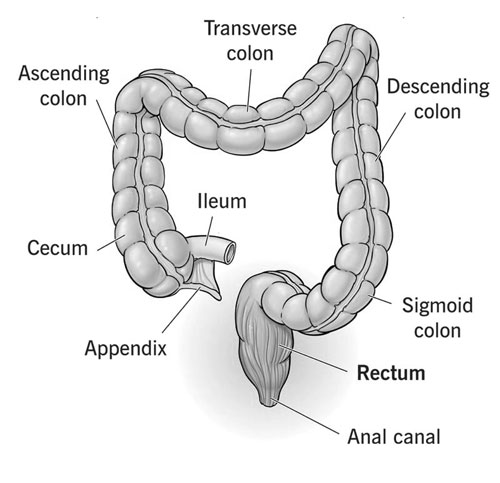
The rectum, though often shrouded in mystery, plays a crucial role in the final act of digestion. This muscular tube, around 15 centimeters long, connects the sigmoid colon to the anus and serves as a temporary storage house for waste products. Here are some key facts about this fascinating organ:
- Capacity: The rectum can hold about 200-300 milliliters of stool, but exceeding this capacity can lead to discomfort and urge to empty the bowels.
- Movement: Powerful muscles in the rectum contract and relax in coordinated waves, pushing waste towards the anus in a process called peristalsis.
- Signals: The rectum sends signals to the brain when it’s time for elimination. Recognizing these signals and responding promptly is crucial for healthy bowel habits.
Teaching children about the rectum can empower them to understand their bodies and make healthy choices. Encourage them to listen to their body’s signals and avoid straining during bowel movements. By demystifying this often-ignored organ, we can foster a healthy relationship with digestion and elimination.
Rectal Artery: Fueling the Final Chapter

The rectal artery, much like a tireless delivery truck, keeps the rectum functioning smoothly. This vital blood vessel branches off the internal iliac artery and supplies oxygen and nutrients to the rectal wall muscles and surrounding tissues. Its importance warrants some noteworthy details:
- Pathway: The rectal artery divides into two main branches, the superior and inferior rectal arteries, which further branch out to nourish every nook of the rectum.
- Blood flow: Adequate blood flow is crucial for healthy rectal function. Blockages or reduced blood flow can lead to pain, bleeding, and other problems.
- Connection: The rectal artery also supplies blood to the anus and surrounding structures, playing a vital role in overall digestive health.
Understanding the role of the rectal artery helps appreciate the intricate network of blood vessels that keep our bodies running. Encourage your students to explore how different organs work together, each with its own dedicated supply line to ensure smooth operation. By delving into the fascinating world of anatomy, we can spark curiosity and inspire a deeper understanding of our remarkable bodies.
Right Atrium: Holding Chamber for Deoxygenated Blood

The right atrium, like a cozy waiting room, welcomes deoxygenated blood returning from the body. This thin-walled chamber sits in the upper right corner of the heart, receiving blood from two major veins:
- Superior vena cava: Drains blood from the head, neck, and upper body.
- Inferior vena cava: Collects blood from the lower body and legs.
Here are some key facts about the right atrium:
- Size: About the size of a walnut, with thin, smooth walls.
- Function: Acts as a holding chamber, collecting blood before directing it to the right ventricle for pumping to the lungs.
- Unique feature: Has a flap-like structure called the crista terminalis, which helps guide blood flow into the ventricle.
Imagine the right atrium as a bustling train station where incoming blood from all corners of the body waits to board the next leg of its journey to the lungs for oxygen replenishment. By understanding this crucial chamber, children can appreciate the heart’s amazing role in keeping them alive and kicking!
Right Ventricle: Powerhouse for Pulmonary Circulation
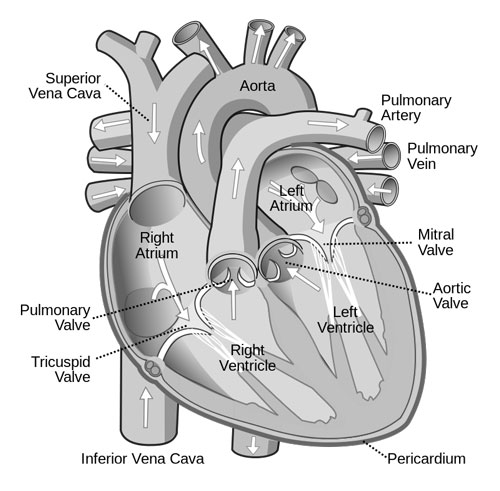
The right ventricle, a muscular champion, pumps deoxygenated blood to the lungs for a vital gas exchange. Located below the right atrium, this thick-walled chamber packs a punch, propelling blood through the pulmonary artery towards the lungs. Let’s explore its impressive attributes:
- Size: About the size of a clenched fist, with thick, muscular walls.
- Function: Pumps blood to the lungs through the pulmonary artery.
- Unique feature: Contains the pulmonic valve, which prevents blood from flowing back into the atrium.
Think of the right ventricle as a powerful rocket booster, launching blood loaded with carbon dioxide towards the lungs. By learning about this hardworking chamber, children can gain a deeper appreciation for the continuous cycle of oxygenation and decarbonization that sustains life.
Radioulnar Joint: Master of Elbow Rotation

The radioulnar joint, a dynamic duo, allows you to rotate your forearm and hand like a magic trick. This hinge-like joint, where the radius and ulna bones meet, enables a wide range of motions:
- Pronation: Turning your palm downwards, like waving goodbye.
- Supination: Turning your palm upwards, like holding a bowl.
- Rotation: Spinning your forearm back and forth, like turning a doorknob.
Here are some interesting facts about the radioulnar joint:
- Ligaments: Stabilized by a network of ligaments that allow for controlled movement while preventing dislocation.
- Muscles: Powerful muscles like the biceps and triceps control the rotation and movement of the joint.
- Flexibility: This joint plays a crucial role in everyday activities like writing, throwing, and catching.
Picture the radioulnar joint as a pair of skilled circus performers, seamlessly twisting and turning your forearm and hand. By understanding this versatile joint, children can appreciate the intricate mechanics of their bodies and marvel at the amazing feats they can accomplish with their arms.
Rhinencephalon
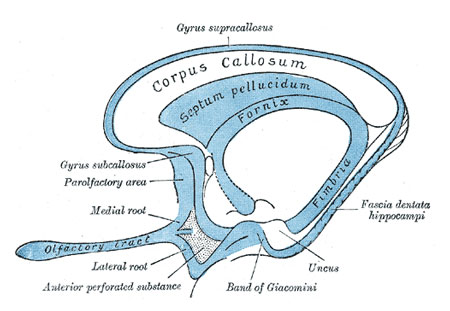
This is a lesser-known component of the brain involved in olfaction, or the sense of smell. The term “rhinencephalon” literally translates to “nose brain.” It includes structures such as the olfactory bulb and tracts, which process sensory information related to odors.
List of Human Body Parts Starting with R
| Radial Artery | Radial Nerve | Radial Nerve, Motor Distribution |
| Radiocarpal Ligament | Radioulnar Joint | Radioulnar Joint, Distal |
| Rectal Artery | Rectum | Rectus Femoris Muscle |
| Rectus Sheath | Renal | Reproductive System |
| Respiration | Right Atrium | Right Ventricle |
| Rotator Cuff | Ribs | Retina |
| Radius | Rectus Abdominis | Rhinencephalon |
Conclusion
The “R” section in the vast library of human anatomy is replete with structures, each contributing indispensably to our physiological symphony. From the protective embrace of the ribs to the intricate visual processing of the retina, the body parts starting with “R” showcase the body’s adaptability and precision. This exploration reaffirms the wonder that is human anatomy, where each part, irrespective of its size or prominence, has a role to play in the magnificent dance of life. As we continue our journey through this biological tapestry, we’re constantly reminded of the intricate and harmonious design that allows us to experience, interact, and thrive in the world around us.
Human Body Parts That Start With
A | B | C | D | E | F | G | H | I | J | K | L | M | N | O | P | Q | R | S | T | U | V | W

